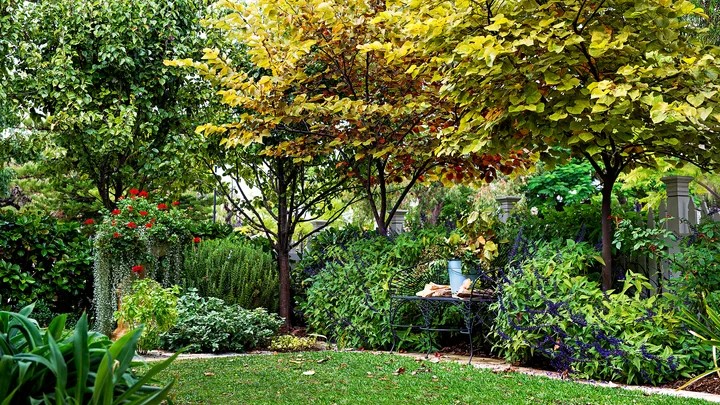How your plants can impact the value of your home

Whoever said ‘money doesn’t grow on trees’ may have got it wrong, because it turns out that trees and plants can potentially add a lot of value to your property.
A 2017 study by AECOM found a increase in street tree canopy could increase property values by an average of $50,000. While this research focused on the collective green infrastructure of suburbs, trees, plants and landscaping can also impact the property values of individual blocks.
How much value they add will vary, based on a combination of factors including the cost value of the tree or plant itself, their aesthetic appeal and how effective they are in reducing utility bills. For example, trees strategically placed to provide shade over a house, can potentially reduce energy costs in summer because of their cooling capacity.
Which species to choose?
Given maintenance and infrastructure risks posed by large trees, opt for smaller to medium-sized trees. For lovers of natives, consider dwarf lemon scented gums or smaller exotic species like ash trees, maples or smaller oak trees.
If you’re using trees as natural climate control, the best options are small to medium-sized deciduous trees including maples, pyrus and crepe myrtles, which provide shade in the summer (north or west side of the house) and allow winter sunlight into the house.
Location, location
Plant location is also critical. The north-west sides of the home will have the greatest impact due to the position of the sun. Likewise, a well-planted front garden also looks more attractive and drive the value of property up.
Style
Finally, it’s important to consider the style of your home. For example, arid gardens with cacti and drought-tolerant plants can look great with modern-style houses, whereas a more classic or heritage house will look better with a classic garden full of perennials and deciduous trees.
